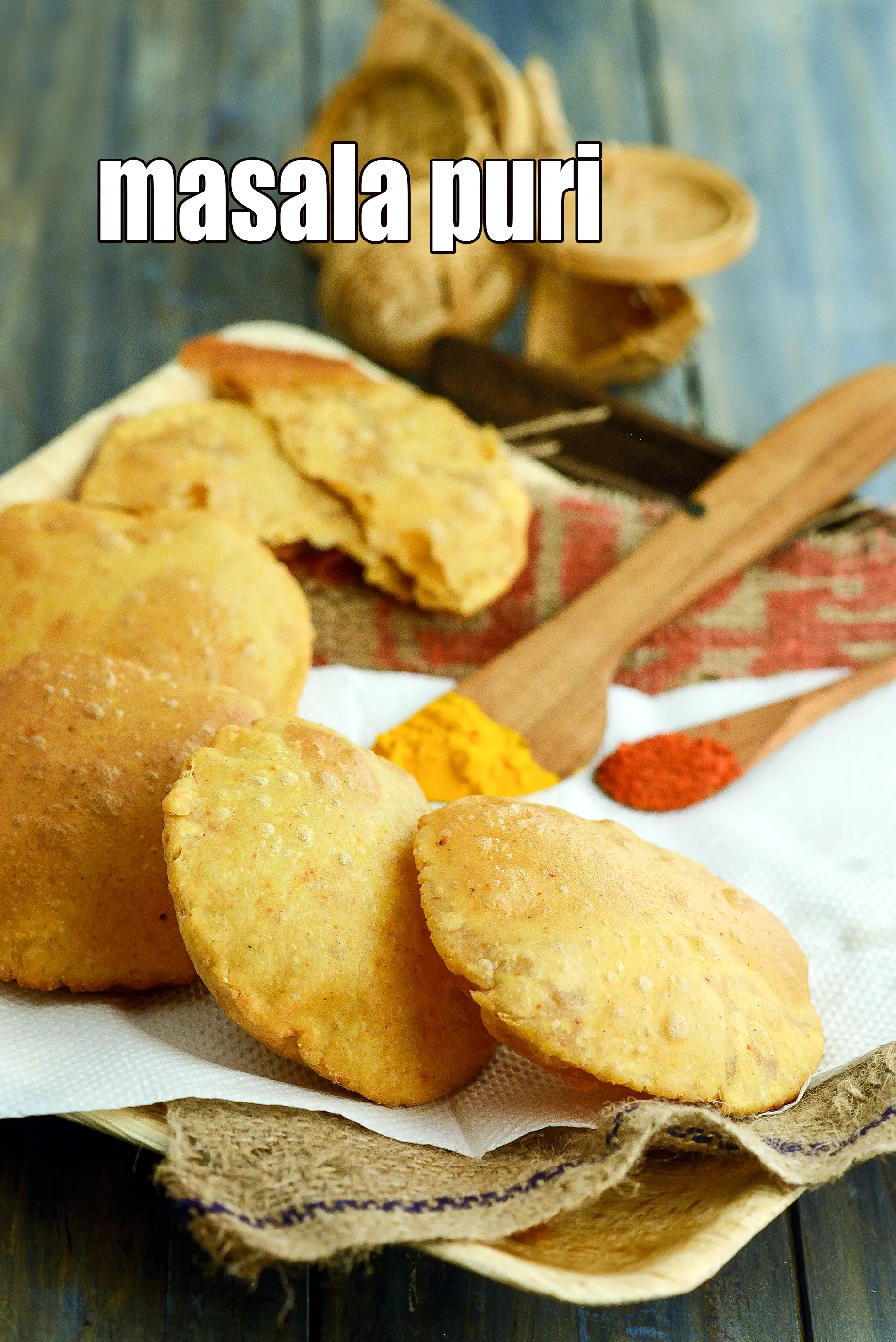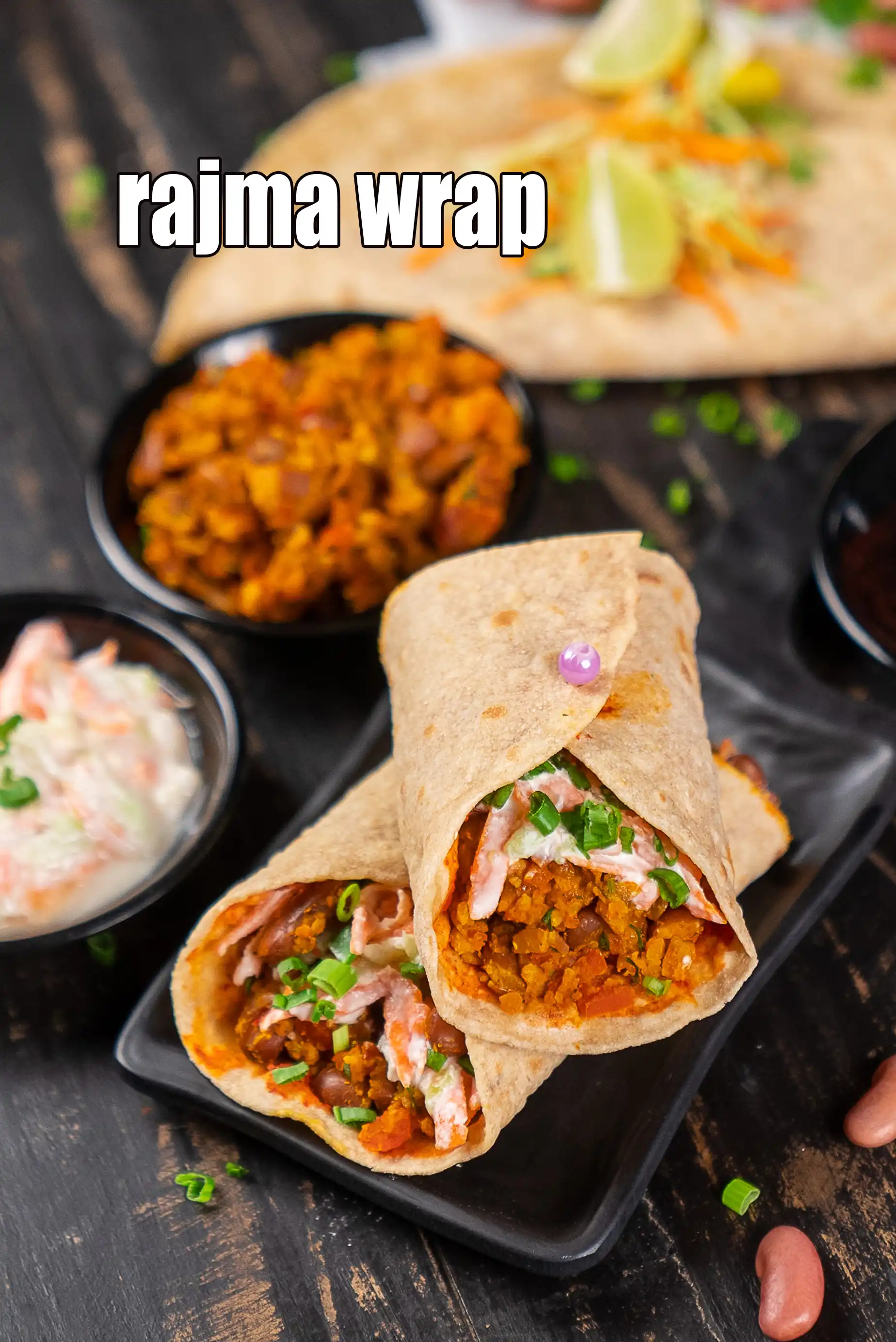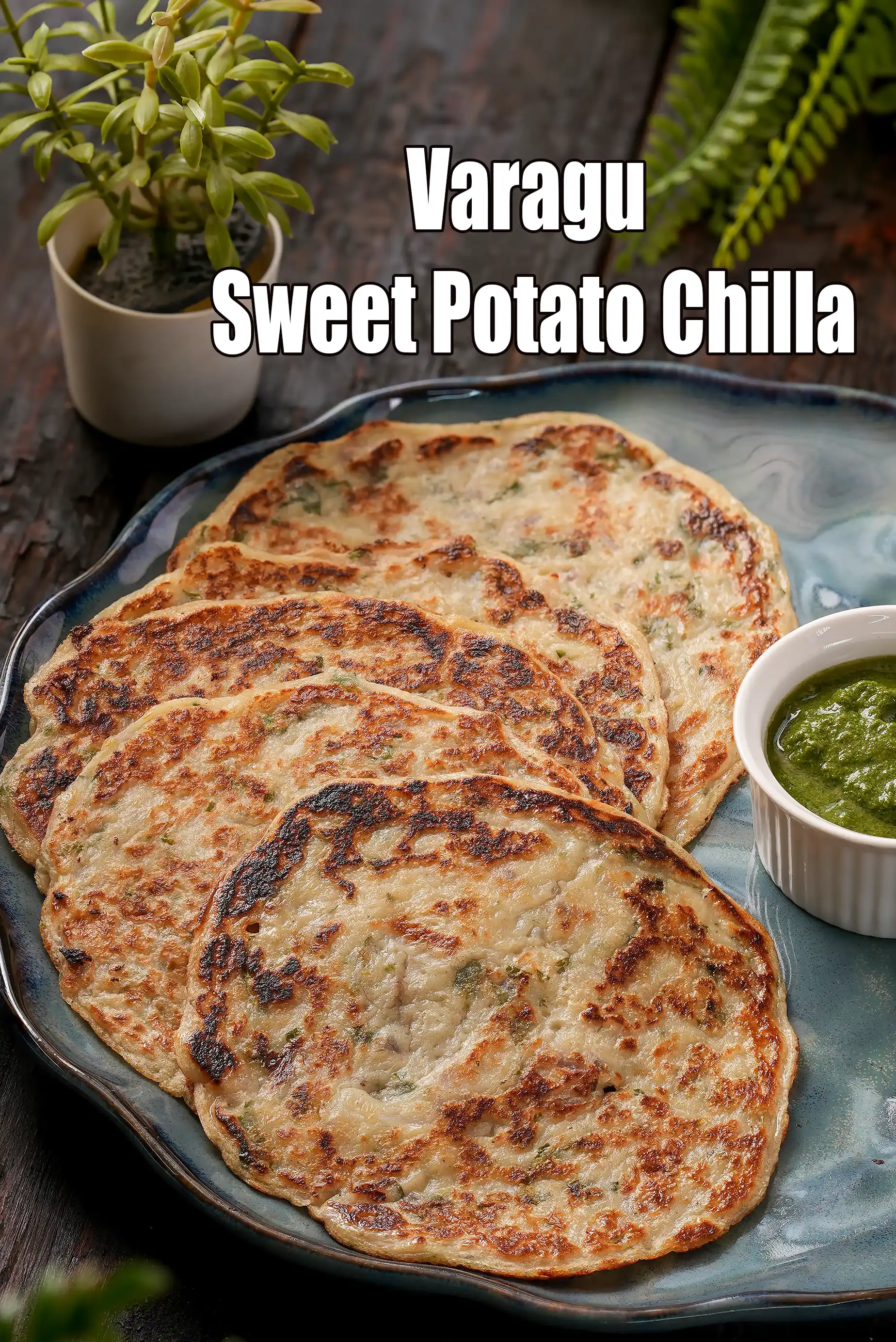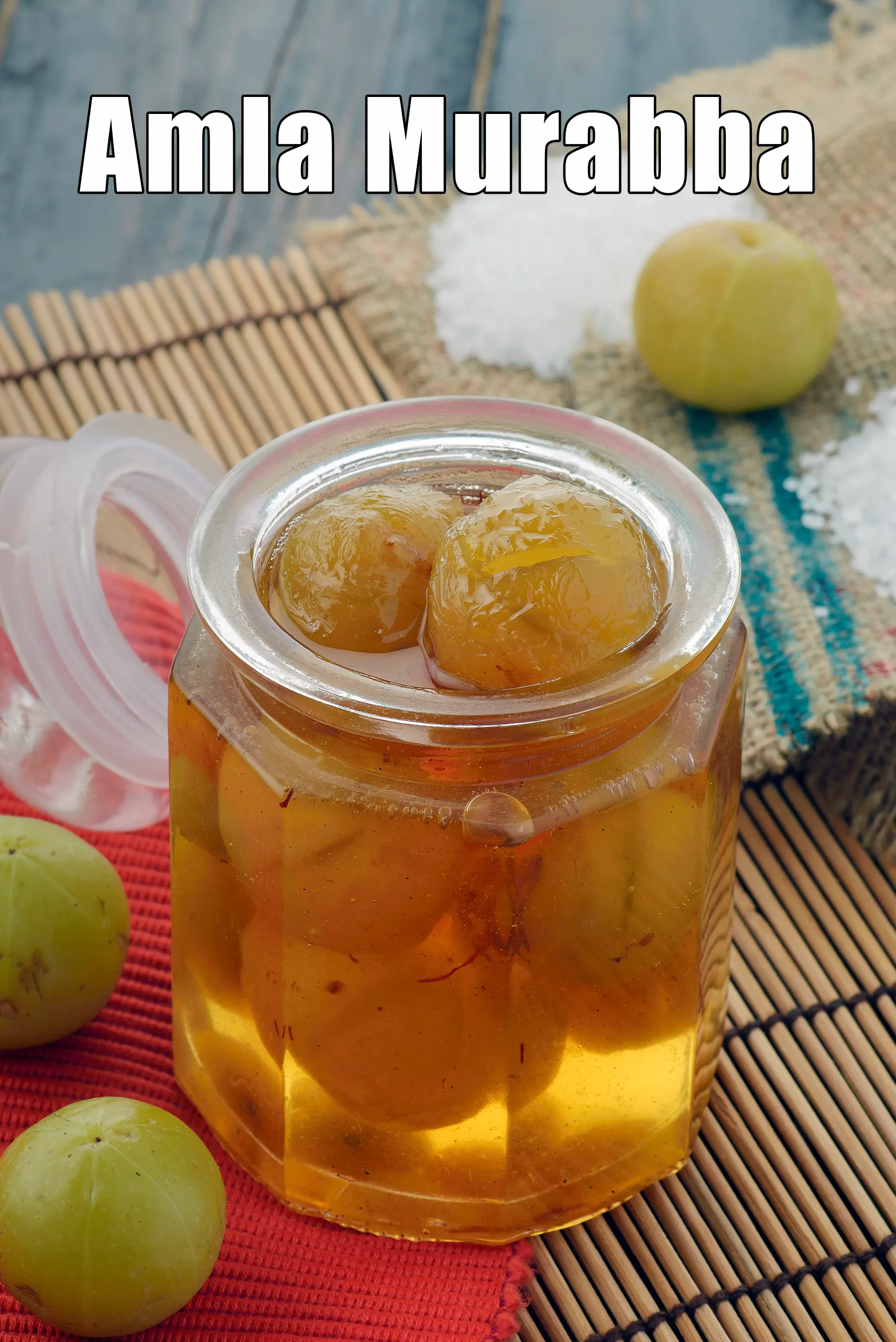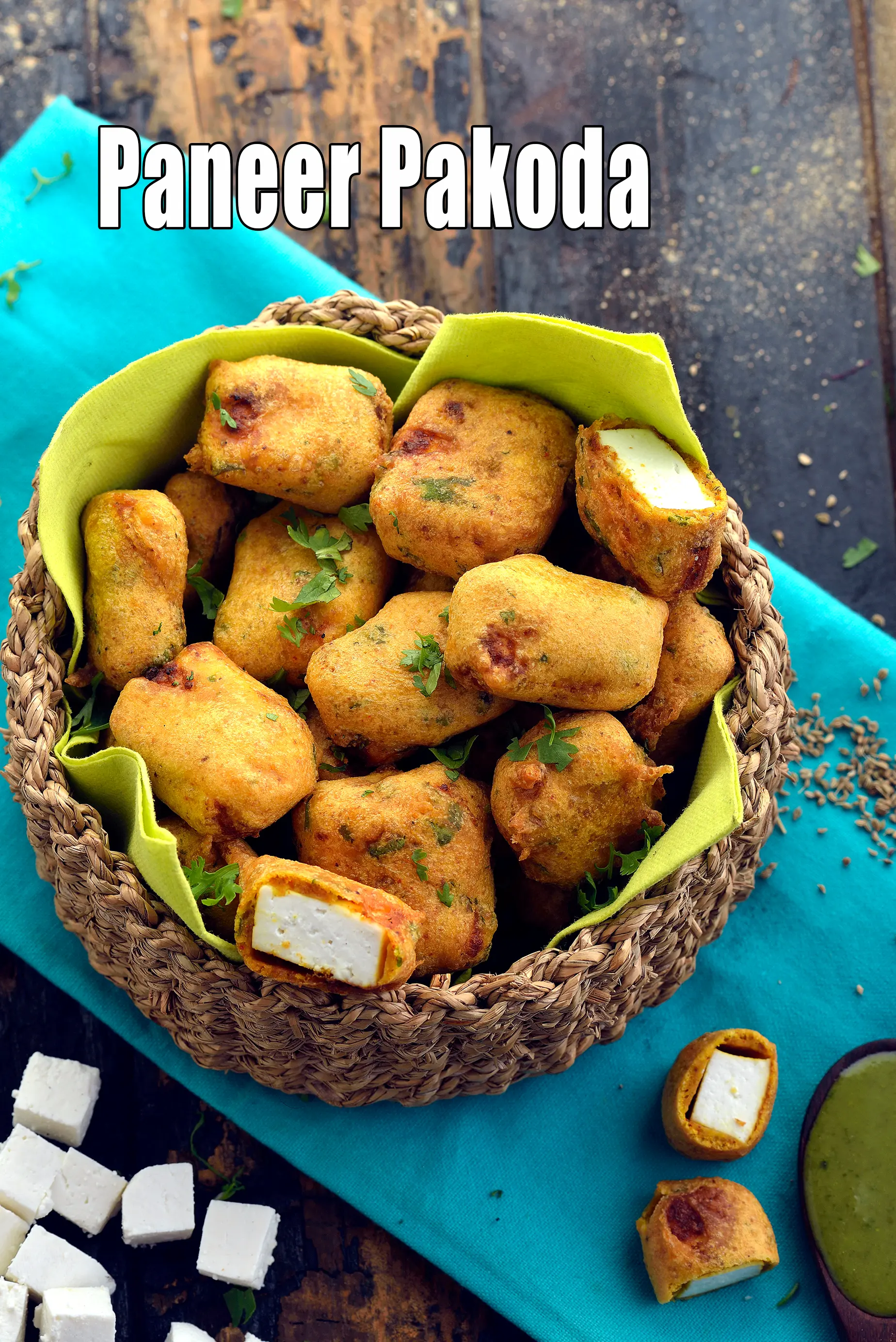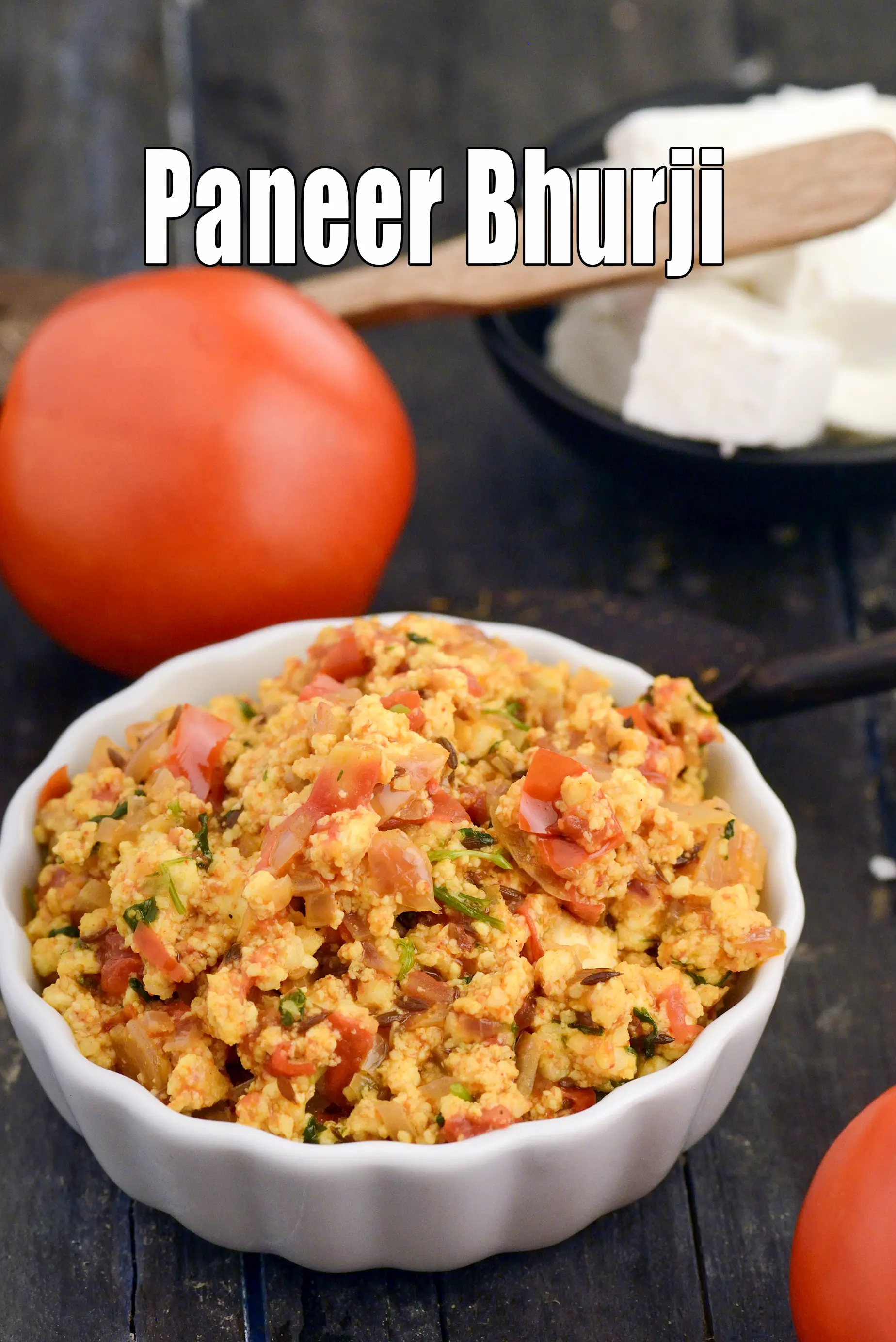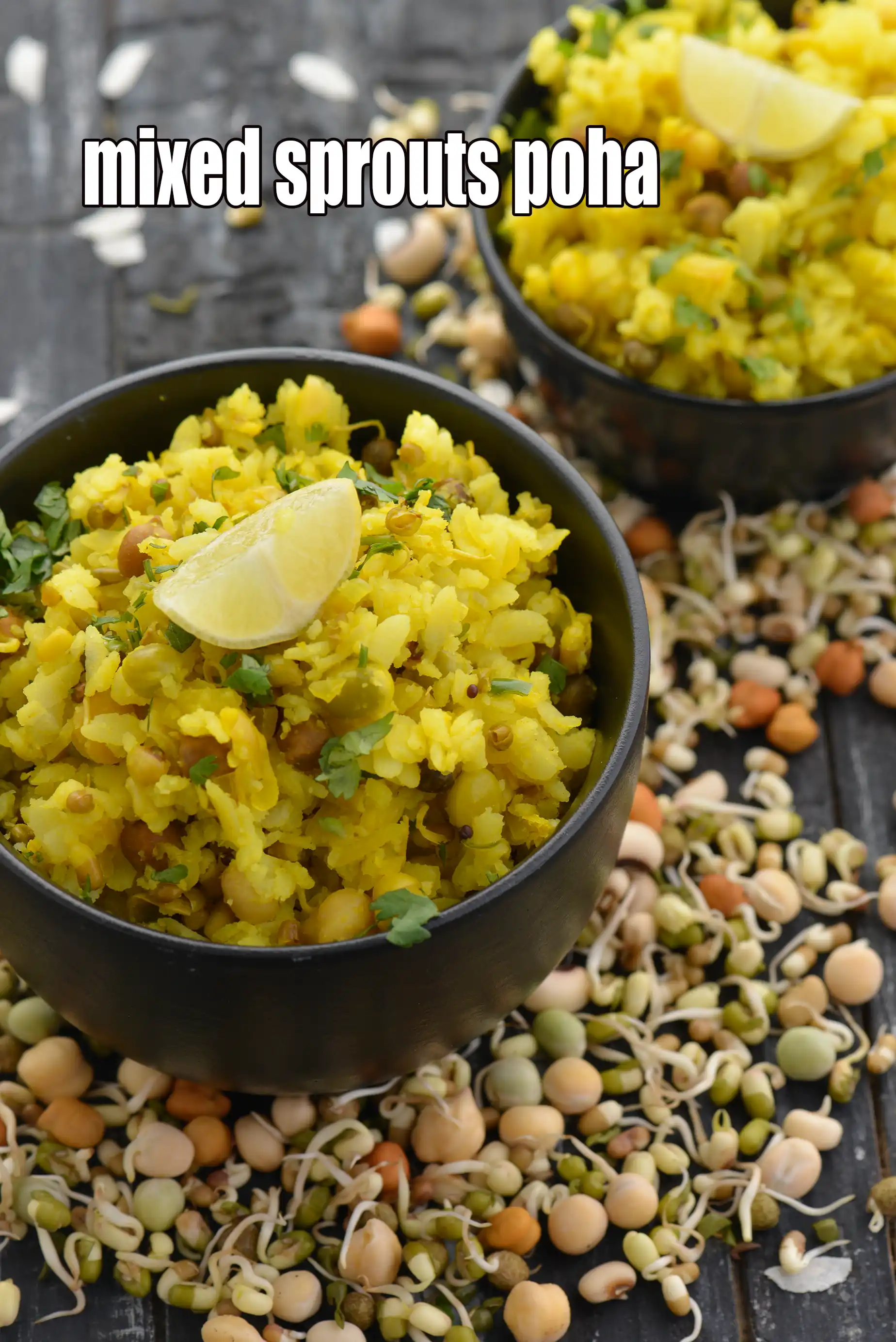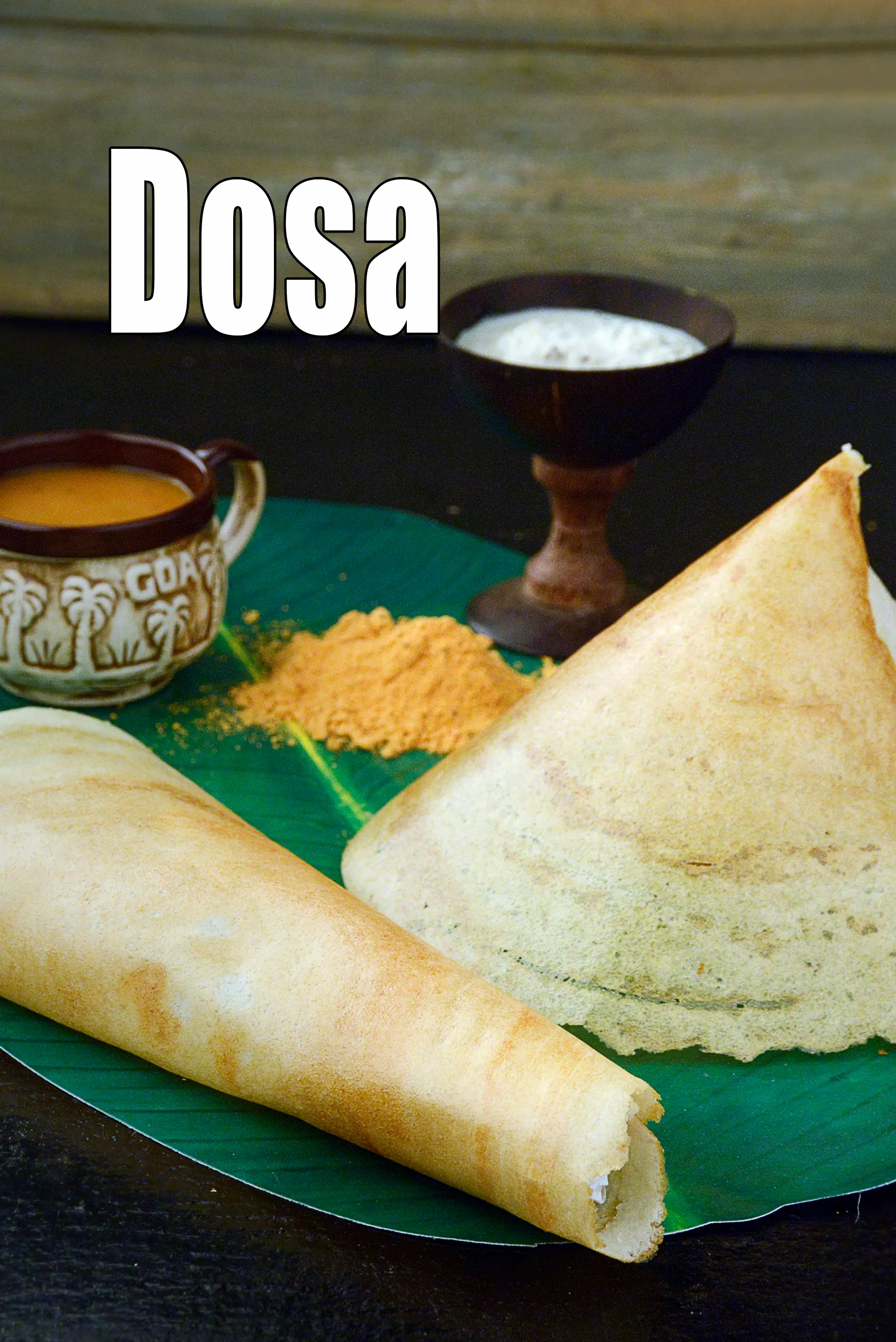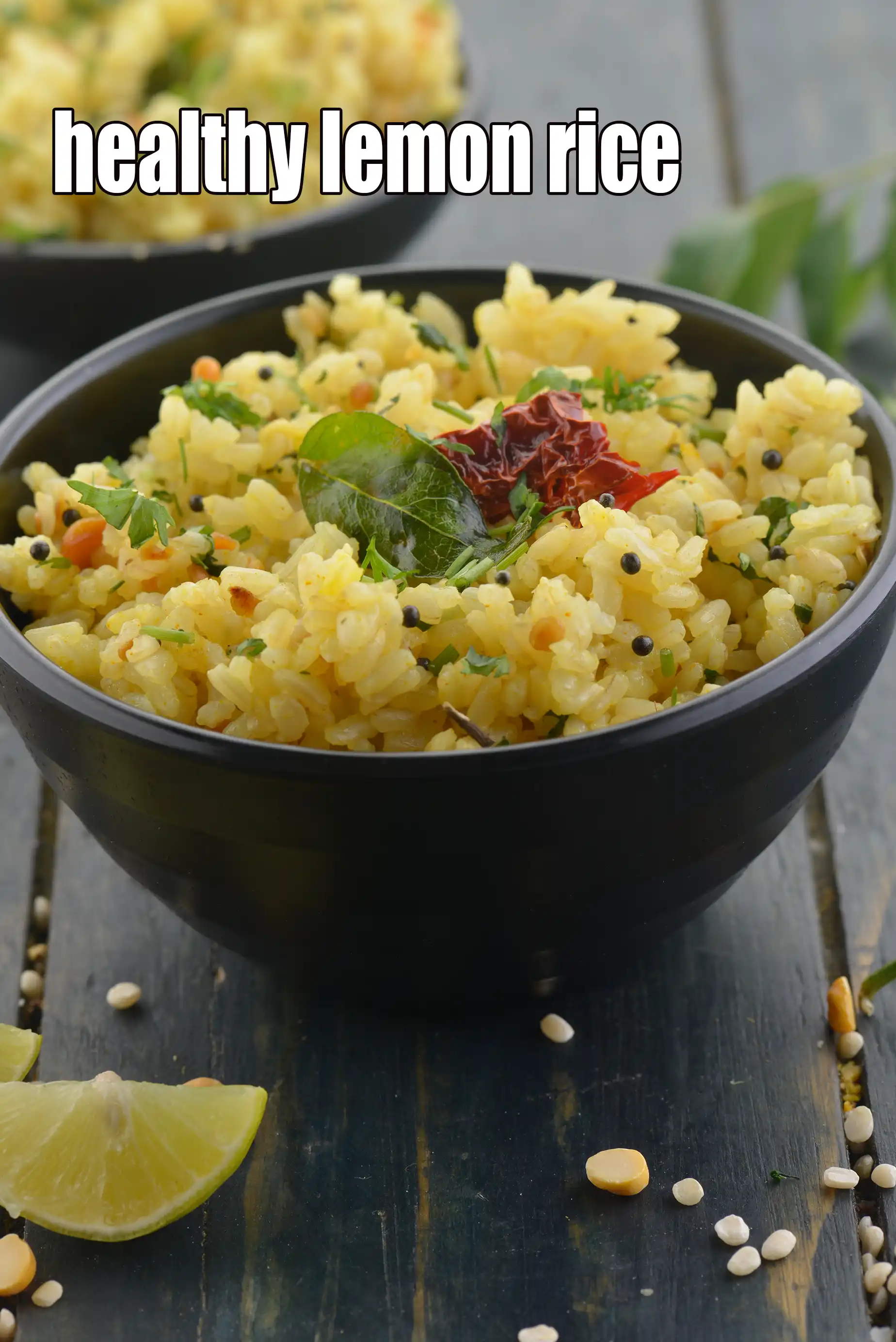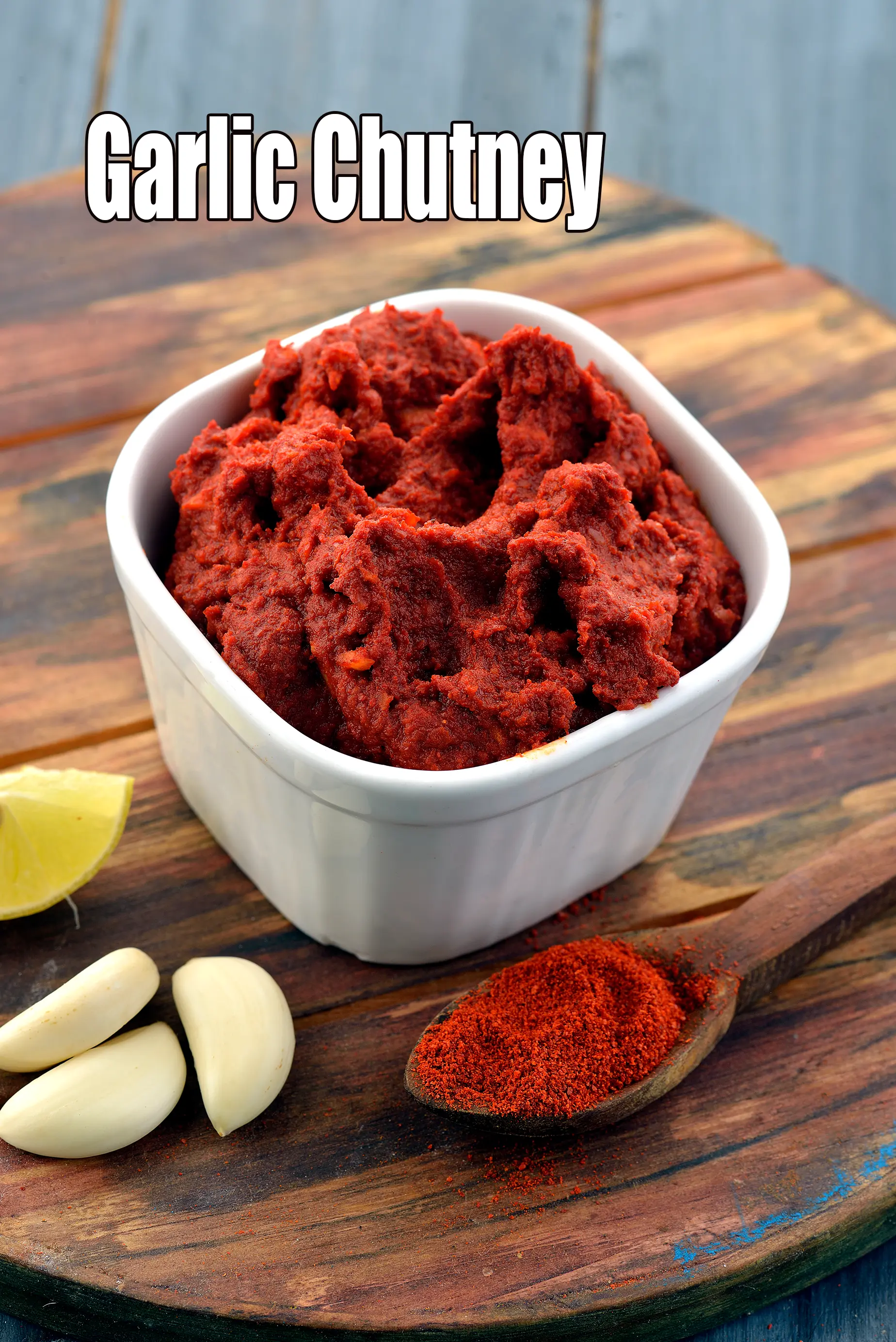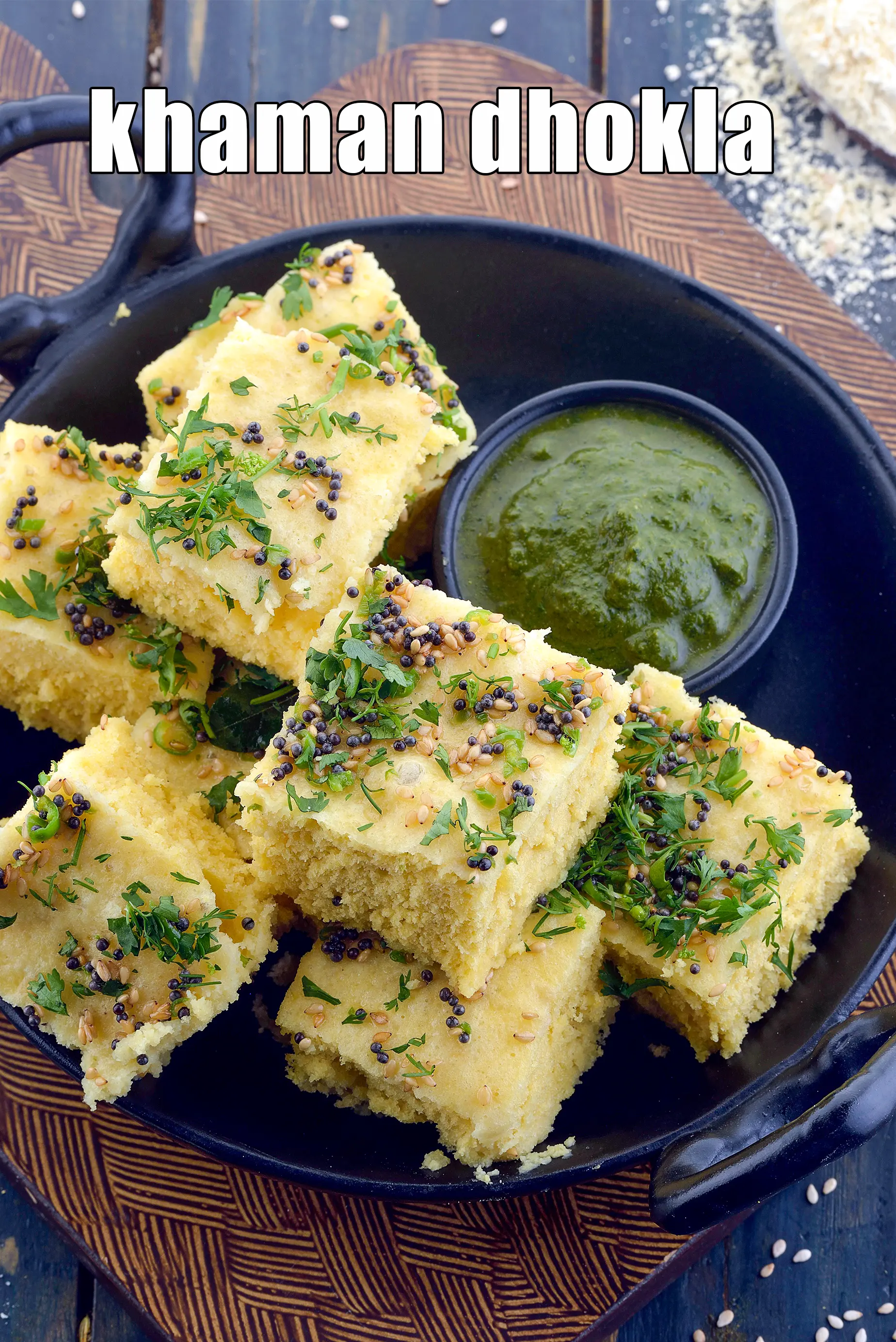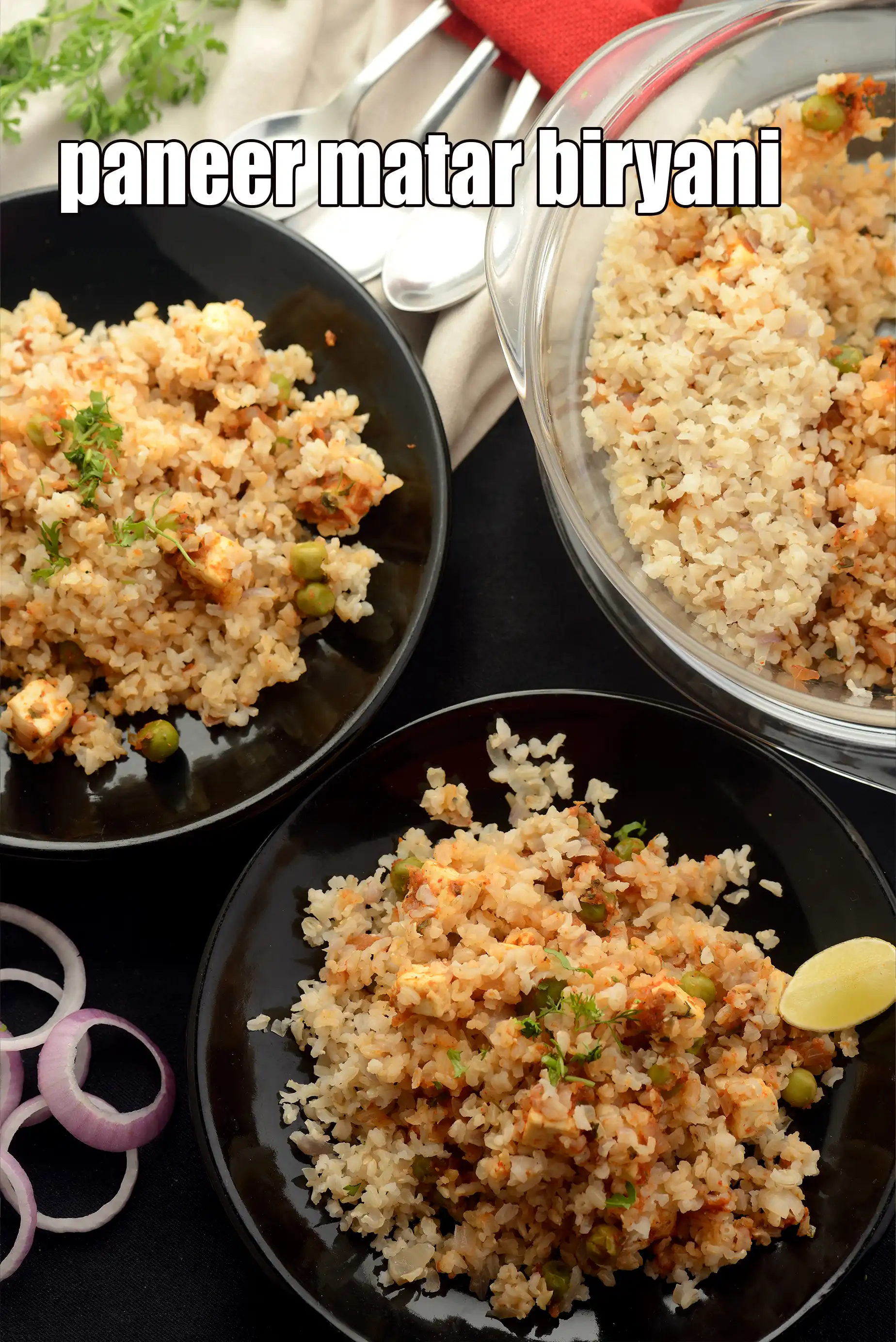hara vatana

Table of Content
What is hara vatana, dried green peas, sukhe hare matar? glossary, uses, benefits, recipes
Hara Vatana, also known as dried green peas or sukhe hare matar, is a popular, affordable, and highly versatile legume widely consumed across India. These are mature green peas that have been dried, leading to a firm texture that requires soaking before cooking. Unlike fresh green peas, which are sweet and seasonal, hara vatana offers a hearty, earthy flavor and a dense, substantial texture, making it an excellent base for thick curries and stews. It is a vital plant-based protein source in vegetarian Indian diets, cherished for its ability to absorb spices and enrich any dish it's added to.
Uses and Availability Across India
The primary use of dried green peas in India is in making thick, flavorful curries and street food components. Because they are dried, they boast an exceptionally long shelf life and are available year-round, making them a reliable pantry staple. They are significantly more affordable than fresh or frozen peas, contributing to their high consumption in both rural and urban areas. Whether used in a simple home-cooked sabzi or as the star ingredient in popular regional snacks, hara vatana provides bulk, nutrition, and texture to meals, often serving as a stand-in for meat or other expensive proteins.
Regional Culinary Applications
The application of sukhe hare matar varies delightfully across different Indian states. In North India, they are the foundation for the famous Matar Kulcha, where the peas are cooked down into a spicy, tangy, and semi-dry curry (chhole) and served with soft flatbreads. In East India, particularly in Bengal, they form the core of Ghugni, a popular street food snack and side dish, typically cooked with potatoes and garnished with tamarind pulp, chopped onions, and coriander. This demonstrates the pea's adaptability, transitioning from a robust street food filling to a rich main course.
Versatility in Home Cooking
Beyond street food, hara vatana is frequently used in traditional home cooking to enhance the nutritional profile of daily meals. They are often added to mixed vegetable curries (sabzis) to increase their protein and fiber content. In states like Gujarat and Maharashtra, they can be incorporated into rice dishes like Pulao or biryanis, where they impart a rich color and absorb the aromatic spices beautifully. Furthermore, they are occasionally ground into a paste to form the stuffing for savory pastries or kachoori, providing a dense, spicy filling.
Nutritional Profile and Health Benefits
Dried green peas are a nutritional powerhouse. They are incredibly rich in dietary fiber, which is crucial for digestive health and helps manage blood sugar levels, making them a good option for diabetics. They are an excellent source of protein, vital for muscle and cell repair. Additionally, they provide essential micronutrients like iron (important for preventing anemia) and B vitamins. Their low glycemic index ensures slow, sustained energy release, making meals that include them highly satiating.
Common Recipe Examples
Some of the most celebrated Indian dishes featuring this ingredient include: Ghugni, a spicy Bengal-style curry; Matar Kulcha or Matar Chaat from Delhi; Matar Pulao, a flavorful rice dish; and Matar Kachori, a deep-fried pastry filled with the spiced ground peas. The simplicity and hardiness of hara vatana allow it to anchor these recipes, providing a solid, nutritious foundation. Its low cost and high nutritional value ensure its continuous status as a beloved and essential ingredient in Indian kitchens nationwide.
How to select hara vatana, dried green peas, sukhe hare matar
• Dried peas are generally available pre-packaged in standard quantities, as well as in bulk bins.
• It is available in whole and split form.
• Check the peas to ensure that they are not cracked and that they are free of debris.
Culinary Uses of hara vatana, dried green peas, sukhe hare matar in Indian Cooking
• Use split peas to make dal, the classic Indian dish.
• Split pea soup is a delicious way to enjoy this nutritious legume.
• Purée cooked peas with your favourite herbs and spices and serve as a side dish.
• Add whole peas to vegetable soups.
How to store hara vatana, dried green peas, sukhe hare matar
• Dried peas will remain good for several months if stored in an airtight container in a cool, dry, dark place.
• If you need to store for longer, then refrigerate it in an airtight container or cover.
Health benefits of hara vatana, dried green peas, sukhe hare matar
Dried green peas are a good source of cholesterol-lowering fibre, hence beneficial for a healthy heart. They also help in managing diabetes since their high fibre content prevents blood sugar levels from rising rapidly after a meal. Dried peas also provide important minerals like potassium, phosphorus, magnesium, iron and zinc. With their high protein content, dried green peas are an excellent source way to nourish the cells of the body, especially for vegetarians.

soaked hara vatana
Clean, wash and soak the hara vatana in plenty of water for 6 to 8 hours. Drain and use as per the recipe.

soaked and cooked hara vatana
Clean, wash and soak the hara vatana in plenty of water for 6 to 8 hours. Drain and cook in a vessel full of water till just done and use as per the recipe.
sprouted and boiled hara vatana

Related Recipes
Jain Pav Bhaji ( Mumbai Roadside Recipes )
Mixed Kathol ( Gujarati Recipe)
Samosa Pav ( Mumbai Roadside Recipes )
Poha And Sprouted Vatana Samosa
Kovalam Mutter ( Know Your Dals And Pulses )
More recipes with this ingredient...
hara vatana (6 recipes), soaked hara vatana (0 recipes) , soaked and cooked hara vatana (2 recipes) , sprouted and boiled hara vatana (1 recipes)
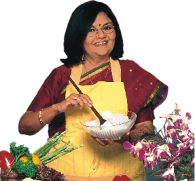
Related Glossary
Follow US
Recipe Categories
- Vitamin B12 Cobalamin Rich Recipes 33 recipes
- Low Calorie, Weight Loss Indian Recipes 421 recipes
- Low Cholesterol Indian Recipes 308 recipes
- Healthy Indian Breakfast 373 recipes
- Indian Diabetic recipes 559 recipes
- Indian Pregnancy recipes 461 recipes
- Zero Oil Indian Recipes 133 recipes
- Iron Rich Indian recipes 268 recipes
- Healthy Indian Acidity recipes 133 recipes
- Healthy Sabzis 108 recipes
- Indian Healthy Veg Snack 276 recipes
- Healthy Heart Recipes 415 recipes
- Healthy Veg Indian Soups 74 recipes
- Calcium Rich Indian Recipes 373 recipes
- High Blood Pressure Indian Recipes 103 recipes
- Healthy Indian Salads Recipes 137 recipes
- Low Carb Indian Diet, recipes 163 recipes
- Hypothyroidism Diet 63 recipes
- Arthritis Diet 68 recipes
- High Protein Indian recipes 94 recipes
- Vitamin K Diet 42 recipes
- Fatty Liver Diet 39 recipes
- PCOS 136 recipes
- Gluten Free Veg Indian 196 recipes
- High Fiber 328 recipes
- Indian Cancer Patients 275 recipes
- Jaundice Diet 45 recipes
- Sprouts 61 recipes
- Typhoid 43 recipes
- Irritable Bowel Syndrome (IBS) 23 recipes
- Kidney Stone Diet 10 recipes
- Home Remedies 213 recipes
- Senior Citizen 195 recipes
- Healthy Indian Drinks and Juices 213 recipes
- Diet for Dialysis 10 recipes
- Gout Indian Recipes 17 recipes
- Potassium Rich 80 recipes
- Vegan 195 recipes
- Indian recipes to treat Vomiting 8 recipes
- Forever Young Diet, Anti Aging Indian Diet 255 recipes
- Antioxidant Rich Indian 445 recipes
- Vitamin B1 Rich Indian Foods, Recipes 101 recipes
- High in Omega 3 Fatty Acids 32 recipes
- Zinc Rich Foods 55 recipes
- Vitamin A Rich, Beta Carotene, Retinol 89 recipes
- Malaria Diet 19 recipes
- Magnesium Rich 94 recipes
- Healthy Indian Dinner 85 recipes
- Vitamin C Rich Indian recipes 118 recipes
- Low Veg Glycemic Index 86 recipes
- Lower Blood Pressure Salads 8 recipes
- Healthy Indian Lunch Recipes 29 recipes
- Lactation 25 recipes
- Vitamin E Rich 51 recipes
- Hyperthyroidism Diet 47 recipes
- Vitamin B3, Niacin Rich 41 recipes
- Post Surgery Diet 42 recipes
- Selenium 27 recipes
- Lower Blood Pressure Desserts Sweets 14 recipes
- Phosphorus Rich Indian Recipes, Foods 74 recipes
- Copper 15 recipes
- Foods Rich in Vitamin B2 Riboflavin 22 recipes
- Vitamin B6 Diet 36 recipes
- B Vitamins 231 recipes
- Vitamin B9 Rich Folate 50 recipes
- Marathoners, Endurance Athletes, Triathlete 225 recipes
- Manganese Diet 32 recipes
- Thalassemia 18 recipes
- Detox Water, Fruit Infused Water 42 recipes
- Lactose Free Dairy Free 22 recipes
- Omega 6 Fatty Acids 32 recipes
- Phytonutrients 51 recipes
- Chronic Kidney Disease Indian recipes 12 recipes
- Selenium1 0 recipes
- Quick Snacks / Quick Starters 385 recipes
- Quick Breakfast Indian 131 recipes
- Quick Sabzis 117 recipes
- Quick Rotis / Parathas 46 recipes
- Quick Indian Sweets 139 recipes
- Quick Stir-Fries 51 recipes
- Quick Vegetarian Indian Soups 72 recipes
- Quick Chutneys 67 recipes
- Quick Vegetarian Rice, khichdi Recipes 56 recipes
- Indian snacks under 10 minutes 44 recipes
- Quick Indian Dips, Gravies & Sauces 105 recipes
- Quick Veg Indian Pizza 17 recipes
- Quick Veg Pasta 25 recipes
- Quick Pickles / Aachar 25 recipes
- Quick Dals / quick Kadhis 29 recipes
- Snacks under 5 minutes 33 recipes
- Quick Healthy Recipes 43 recipes
- Quick Pressure Cooker 46 recipes
- Quick Desserts 47 recipes
- Quick 3 Ingredients 63 recipes
- Quick Indian Desserts 20 recipes
- Quick 4 Ingredients 41 recipes
- Quick 5 Ingredients 42 recipes
- Kids Tiffin Box 319 recipes
- Recipes for Toddlers (1-3 Years) 32 recipes
- Sweet Recipes for Kids 456 recipes
- Recipes for Baby (10 to 12 Months) 17 recipes
- Quick Indian recipes for Kids 72 recipes
- Indian Breakfast Recipes for Kids 192 recipes
- Recipes for Weaning (8 to 9 months) 22 recipes
- Healthy Foods for Kids 196 recipes
- Snack Recipes for Kids 619 recipes
- Recipes Kids can make 36 recipes
- Kids After School 794 recipes
- Kids Jar Snacks 66 recipes
- Finger Foods for Babies, Toddlers and Kids 76 recipes
- Kids Weight Gain 43 recipes
- Kids Wraps and Rolls 23 recipes
- Kids Veg Pasta 27 recipes
- Kids Brain Boosting 68 recipes
- Protein rich food for kids 71 recipes
- Recipes for Weaning 15 recipes
- Kids Pizzas 30 recipes
- Babies, Toddler and Kids Iron Rich Foods 31 recipes
- High Fiber Foods for Kids 39 recipes
- Kids Noodles 37 recipes
- Kids High Energy Indian Foods 103 recipes
- Kids Calcium Rich Indian recipes 92 recipes
- Babies recipes, 6 to 18 months 34 recipes
- Kids Recipes for Increasing Immunity 10 recipes
- Kids Weight Loss 58 recipes
- Teething Recipes for Babies 10 recipes
- Cereals and Pulses for 8 to 9 months Baby 8 recipes
- Weaning foods at 7 months 12 recipes
- Indian Teen 315 recipes
- Starters / Snacks 2138 recipes
- Indian Breakfast Recipes 819 recipes
- Main Course Recipes 925 recipes
- Indian Salads 385 recipes
- Indian Desserts , Sweets 985 recipes
- Indian Soups 249 recipes
- Indian Beverages, Indian Drinks 483 recipes
- Indian Dinner 903 recipes
- Indian Dinner1 0 recipes
- Indian Lunch 829 recipes
- Side Dishes 449 recipes
- Indian Travel Food 433 recipes
- Indian Barbeque1 recipes 22 recipes
- Frozen Foods, Indian Freezer Recipes 67 recipes
- Whole Wheat Recipes 56 recipes
- Indian Comfort Foods 212 recipes
- Dinner Menus 56 recipes
- Easy Indian Veg 70 recipes
- Innovative Indian Recipes 27 recipes
- No Cook Indian 37 recipes
- Advanced Recipes 10 recipes
- Cakes with Eggs 13 recipes
- Microwave 229 recipes
- Oven 619 recipes
- Indian Steamer Recipes 102 recipes
- Kadai Veg 407 recipes
- Indian Barbeque Recipes 43 recipes
- Sizzler tray 15 recipes
- Mixer 566 recipes
- Pressure Cooker 315 recipes
- Tava 647 recipes
- Non-stick Pan 1393 recipes
- Indian Freezer recipes, meals 57 recipes
- Appe Mould 18 recipes
- Pan 223 recipes
- Non Stick Kadai Veg 203 recipes
- kadai Indian 150 recipes
- Refrigerator 176 recipes
- Waffle Indian recipes 6 recipes
- Handi 12 recipes
- Juicer and Hopper 65 recipes
- Grill 31 recipes
- Toaster 21 recipes
- Gas Toaster 8 recipes
- Steam 72 recipes
- No Cooking Veg Indian 335 recipes
- Vegetarian baked Indian recipes 380 recipes
- Boiled Indian recipes 129 recipes
- Deep Fry 260 recipes
- Indian Tawa 265 recipes
- Shallow Fry Indian 25 recipes
- Microwave1 172 recipes
- Saute 273 recipes
- Indian Pressure Cooker 171 recipes
- Stir-fry 101 recipes
- Roasting 0 recipes






